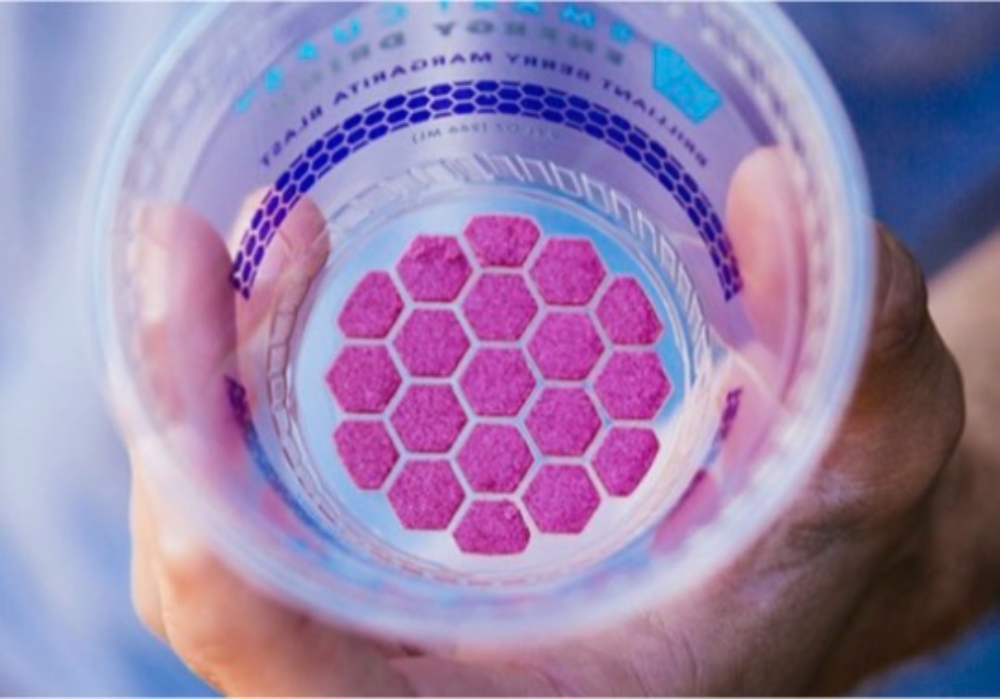
Beverages in 3-D printed cups have smaller carbon footprint than cans, bottles
Shipping water generates the largest portion of carbon emissions in packaged beverages such as soda and sports drinks
Beverage technologies such as cups with sweeteners, flavor and other ingredients 3-D printed in the bottom — just add water and drink — are creating alternatives to bottles and cans. According to UCLA research, they can also reduce drinks’ carbon footprint.
In a new case study, using such cups with tap water instead of beverages from aluminum, plastic and glass packaging reduced the amount of energy used in production by 23%-48%. And that results in a 40%-57% reduction in global warming potential, or the amount of warming beverage production would create in the atmosphere.
Much of the savings comes when water is added from local sources instead of being shipped long distances in gas- or diesel-powered vehicles, said Deepak Rajagopal, study author and UCLA expert on life cycle analysis — tracking the environmental impact of products manufacture all the way to disposal. Water comprises up to 95% of the weight of bottled and canned drinks. Cups, as opposed to bottles with caps, also reduced emissions by limiting the amount of plastic, which is produced from petroleum.
“Using small amount of plastic saves you more carbon on top of what you save in not transporting a lot of water,” Rajagopal said.
Other carbon savings result from the need for less refrigeration, which requires energy that often comes from fossil fuels such as natural gas and coal. Landfilling the end waste also releases fewer greenhouse gases that can be emitted through biodegradation.
The paper did not address the problem of plastic waste and pollution, which alters natural habitats and can negatively impact human livelihoods and communities. Of the 9.2 billion metric tons of plastic produce from 2050-2017, 7 billion became plastic waste, ending up in landfills or dumped.
“While it is important to move away from single use plastic, we still need to strive to make it less carbon-intensive,” Rajagopal said.
The largest uncertainty in the research is how consumers get the water they use, the paper concluded. Tap water provides the best carbon savings, while using bottled water would result in a larger amount of carbon emissions.
The study was based on a 3-D printed product from Smart Cups, which funded but was not involved in the research. However, the findings are relevant to similar technologies and also show the importance of sourcing water close to where beverages are consumed.

